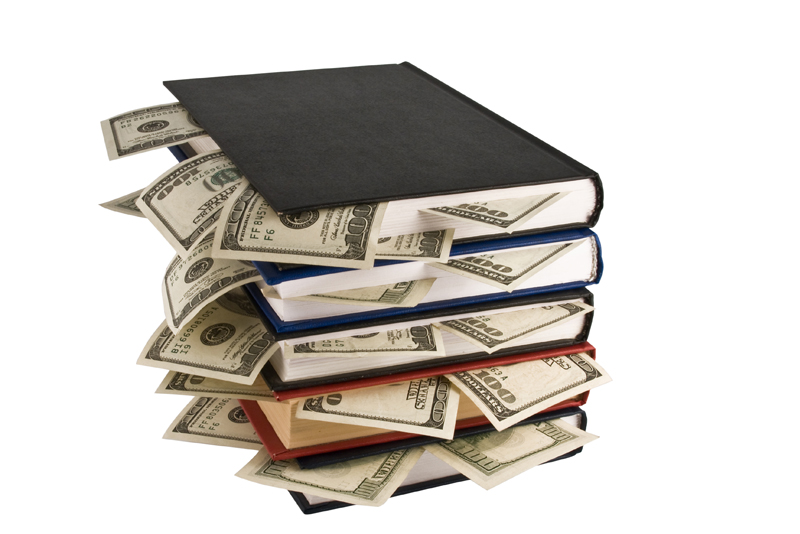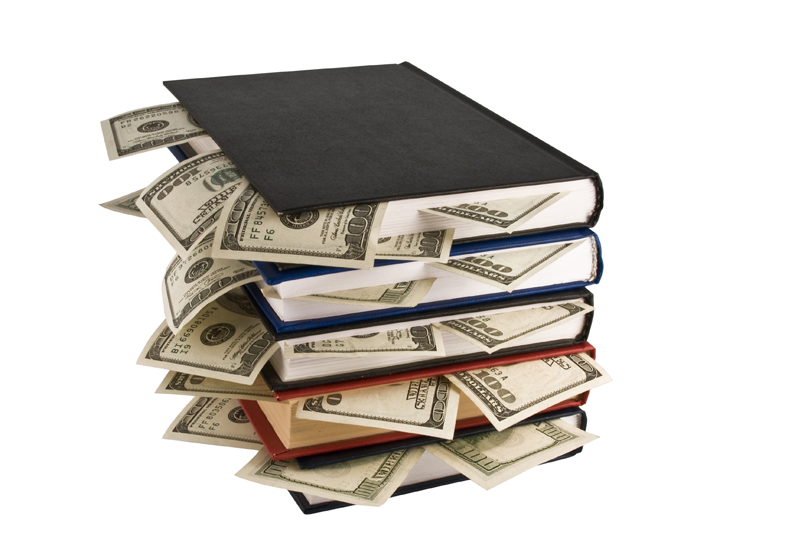How To Calculate The Time Value of Money

For many people, setting a financial objective is relatively simple. We know what we want but getting there is the challenge. Taking control of our finances also requires the personal initiative and determination to take control of our time. Fortunately, financial calculations can help us achieve both objectives. Financial calculations are an integral aspect of financial planning; they are the tools we can use to draw our own financial “roadmaps”.
One of the most basic investment calculations in finance and financial planning is the formula for calculating the time value of money. In fact, time can be our biggest ally in planning and achieving financial objectives.
Here is an easy, multi-purpose formula which can be utilized for understanding the time value of money where the rate of interest (or return) is compounded. As you will quickly realize, this calculation can be utilized for virtually any financial objective, (i.e., saving for your first home, vacation property, car or any other special purchase). However, it is particularly useful for retirement planning.
The calculation: PV=FV÷(1+ r)t
PV=present value
FV=future value
r=rate of return
t=time (number of years)
For example: what is the specific amount of money you have to invest at the present time to reach the goal of accumulating $100,000 in 8 years at 10% rate of return? It is assumed that "r" will be constant during the time period. Here is how the formula works.
PV=FV÷(1+r)t
FV=$100,000
r=10%(10% is 0.10)
t=8
(1+r)t=(1.10)8
PV=?
PV=100,000÷(1.10)8
1.108=2.1435888
100,000÷2.1435888
=46,651 by rounding (46,650.738)
The amount needed to invest is $46,651.00.
Cross checking of the answer can be easily performed by rearranging the formula.
FV=PV(1+r)t
FV=46,651(1.10)8
FV=46,651(2.1435888)
=100,000.56 or approximately $100,000
An extension of this illustration can be used to demonstrate the inverse relationship between the numerical value of "r" (i.e., the rate of interest or rate of return or the rate of discount) and the present value (PV) of a payment (FV) to be received in the future.
If we assume that:
r=5%
FV=$100,000
t=8 years
PV=$100,000÷(1.05)8
(1.05)8 =1.4774554
100,000÷1.4774554=67,683.94
=$67,684(by rounding)
Cross-checking of the answer:
67,684x1.4774554=100,000.09 or by rounding, $100,000
If "r" decreases (in our two examples, from 10% to 5%) the PV of a FV increases (from $46,651 to $67,684).
If "r" increases from (5% to 10%) the PV of a FV decreases (from $67,684 to $46,651).
Special note:
These relationships have a very practical application if we wish to understand the relationship between bond prices in the financial market and changes in the rate of interest. Whenever the rate of interest changes, it leads to a change in the market price of a given bond. The following two conclusions are helpful.
If the rate of interest decreases, the market price of a bond will increase.
If the rate of interest increases, the market price of a bond will decrease.
One of the most basic investment calculations in finance and financial planning is the formula for calculating the time value of money. In fact, time can be our biggest ally in planning and achieving financial objectives.
Here is an easy, multi-purpose formula which can be utilized for understanding the time value of money where the rate of interest (or return) is compounded. As you will quickly realize, this calculation can be utilized for virtually any financial objective, (i.e., saving for your first home, vacation property, car or any other special purchase). However, it is particularly useful for retirement planning.
The calculation: PV=FV÷(1+ r)t
PV=present value
FV=future value
r=rate of return
t=time (number of years)
For example: what is the specific amount of money you have to invest at the present time to reach the goal of accumulating $100,000 in 8 years at 10% rate of return? It is assumed that "r" will be constant during the time period. Here is how the formula works.
PV=FV÷(1+r)t
FV=$100,000
r=10%(10% is 0.10)
t=8
(1+r)t=(1.10)8
PV=?
PV=100,000÷(1.10)8
1.108=2.1435888
100,000÷2.1435888
=46,651 by rounding (46,650.738)
The amount needed to invest is $46,651.00.
Cross checking of the answer can be easily performed by rearranging the formula.
FV=PV(1+r)t
FV=46,651(1.10)8
FV=46,651(2.1435888)
=100,000.56 or approximately $100,000
An extension of this illustration can be used to demonstrate the inverse relationship between the numerical value of "r" (i.e., the rate of interest or rate of return or the rate of discount) and the present value (PV) of a payment (FV) to be received in the future.
If we assume that:
r=5%
FV=$100,000
t=8 years
PV=$100,000÷(1.05)8
(1.05)8 =1.4774554
100,000÷1.4774554=67,683.94
=$67,684(by rounding)
Cross-checking of the answer:
67,684x1.4774554=100,000.09 or by rounding, $100,000
If "r" decreases (in our two examples, from 10% to 5%) the PV of a FV increases (from $46,651 to $67,684).
If "r" increases from (5% to 10%) the PV of a FV decreases (from $67,684 to $46,651).
Special note:
These relationships have a very practical application if we wish to understand the relationship between bond prices in the financial market and changes in the rate of interest. Whenever the rate of interest changes, it leads to a change in the market price of a given bond. The following two conclusions are helpful.
If the rate of interest decreases, the market price of a bond will increase.
If the rate of interest increases, the market price of a bond will decrease.

Related Articles
Editor's Picks Articles
Top Ten Articles
Previous Features
Site Map
Content copyright © 2023 by Reshma Vyas. All rights reserved.
This content was written by Reshma Vyas. If you wish to use this content in any manner, you need written permission. Contact Sandra Baublitz for details.



